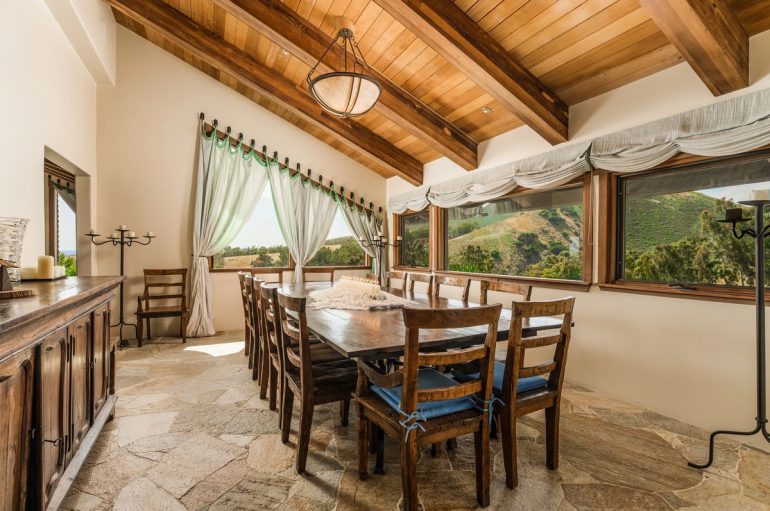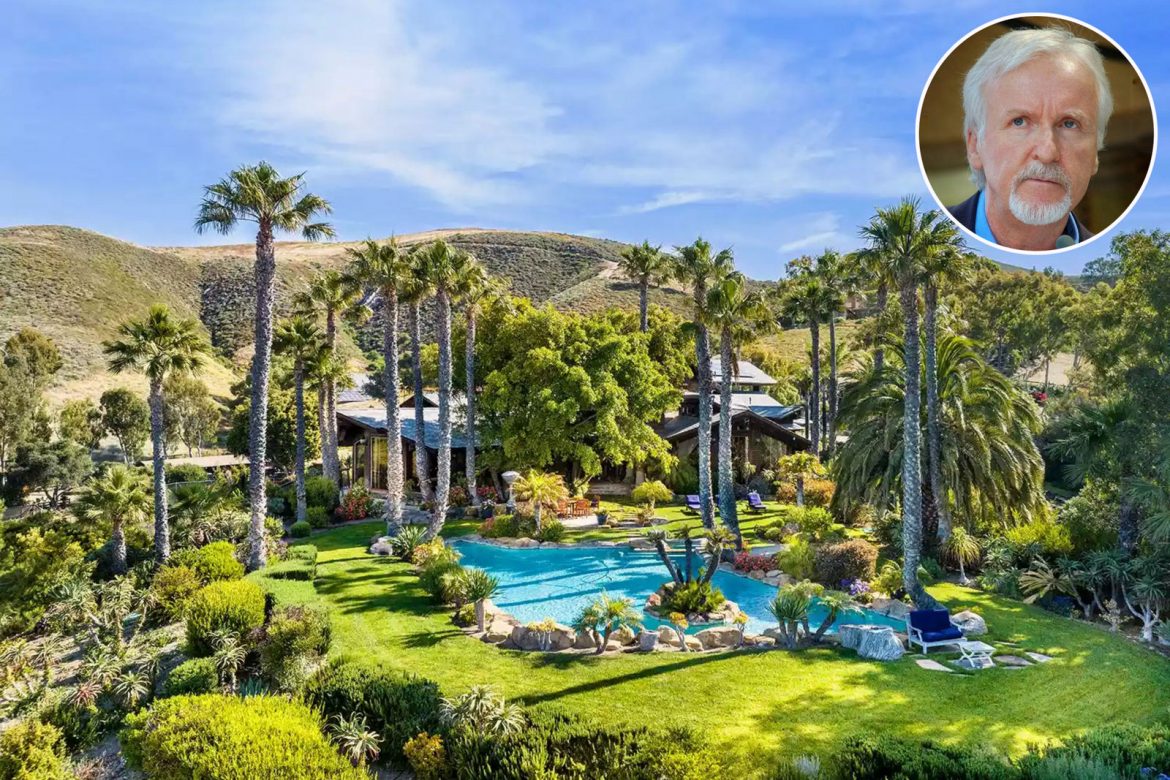After nearly two decades, 68-year-old living legend James Cameron has bid adieu to his Californian 102-acre residence. The parting was made possible owing to a cool $33 million. Cameron lived in his personal Utopia, Hollister Ranch, with his wife, Suzy Amis Cameron, in Gaviota’s gated Hollister Ranch neighborhood, as the duo spends most of its time in New Zealand. Interestingly, the Camerons became owners of the ranch in the late 1990s after purchasing it for only $4.3 million. The property was listed by Emily Kellenberger of Village Properties/Forbes Global Properties and Jeff Kruthers of Hollister Ranch Realty. Let’s take a detailed look at what the Camerons are moving on from-

The sprawling house includes an 8,000-square-foot main home with five bedrooms and six bathrooms and a 24,000-square-foot barn with pigs, goats, and donkeys.

It also features a 2,000-square-foot guesthouse, tennis court, and helipad, among other lavish amenities.

The Hollywood A-lister spent years remodeling the space to make it according to their liking, like a Hawaiian resort. “The previous owner had had a lot of marble,” the director said. “We brought it back down to something that felt connected to the land.”

The beautiful cozy home features a fireplace that separates the all-wood kitchen and dining space from the sprawling living room. It is in this home that Cameron started writing the blockbuster Avatar.

This massive estate with an oceanfront view is completed with a large, lagoon-style pool fenced by palm trees. Is there anything more soothing to sore eyes?

The primary bedroom looks like a holiday between four walls boasting floor-to-ceiling windows, a cozy fireplace, and a wooden poster bed flanked with soft-as-clouds rugs on two sides. A reading nook next to the enormous window makes for an appealing corner.

The next owner of Hollister Ranch will enjoy a well-equipped gym, theater, double offices, and a game room.

The climate champions’ well-made home has solar, wind, and power capabilities. Solar and wind power total up to 100 kilowatts to stay off-grid indefinitely. Two wells provide water for agricultural uses and drinking water.

